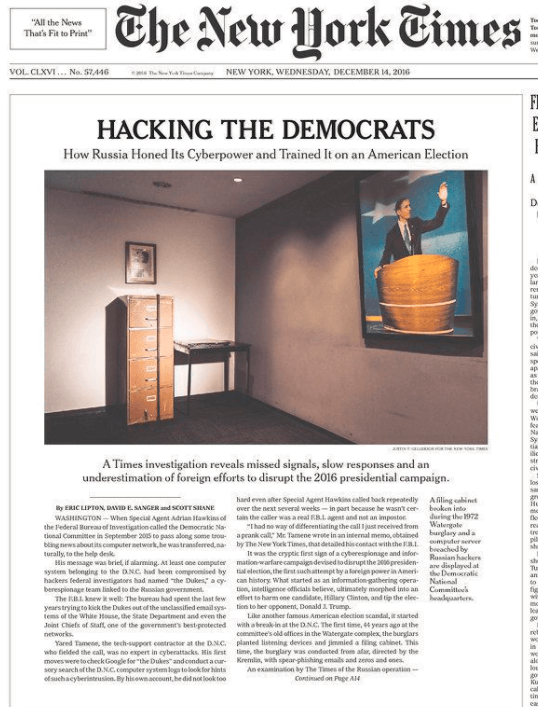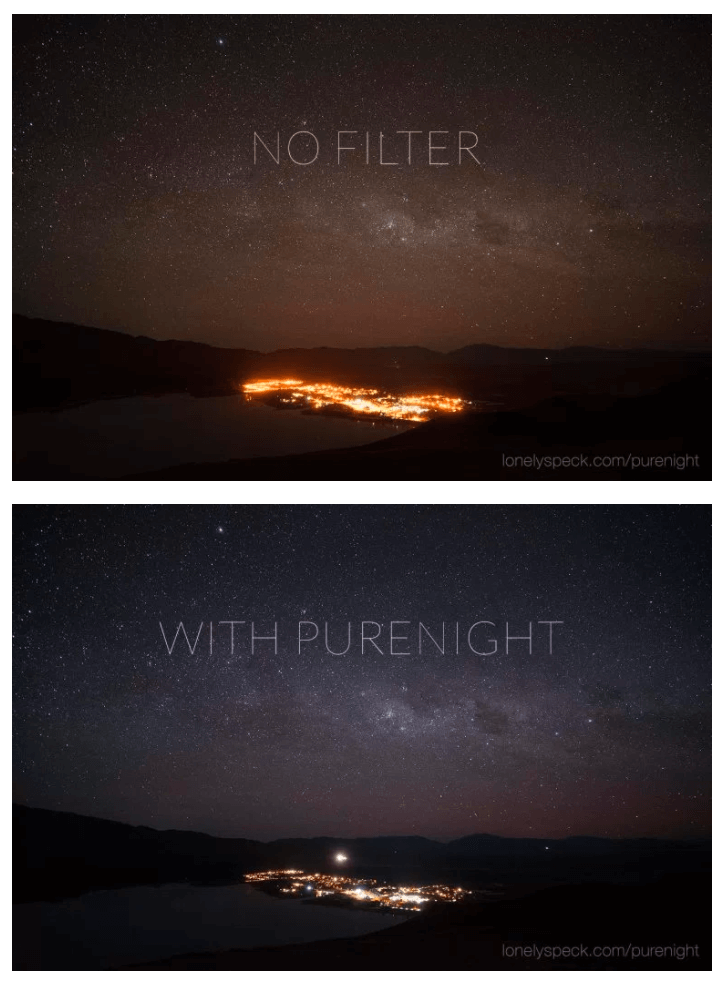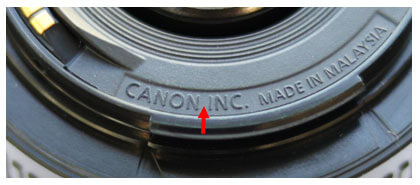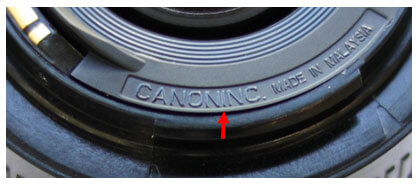FroKnowsPhoto RAWtalk 209: Watch Out For FAKE Canon Lenses, Camera Encryption and Nikon Does 360
FroKnowsPhoto RAWtalk 209: Watch out for FAKE Canon Lenses, Should Your Camera Encrypt and Nikon KeyMission 360
Welcome to the Holiday edition of FroKnowsPhoto RAWtalk. It looks like somehow Santa was able to squeeze down my gas fire place to bring some holiday cheer.
If you are in the market for a Canon 50mm 1.8 be sure you’re not getting a FAKE one. Hear the story at 25:15
There is plenty of photo news for you this week starting at 10:11. Get your VR goggles ready as we filmed a special segment of the show with the Nikon KeyMission360 which you can check out over on the website as well as youtube.
We have some special call in guests as well as flying solo, memes and the Wheel Of FRO.
This is the last episode of 2016 and we want to wish you all a happy and a healthy new year. We truly appreciate your connoted support as we strive to make bigger and better content day in and day out.
Here is the 360 degree Gear Of The Week segment.
00:00:16 Where is Stephen?
00:02:28 There’s Stephen
00:05:19 Presents from Todd
00:09:29 A Gift For YOU
00:10:11 Photo News: Camera Encryption
00:13:56 An Unethical Frame
00:16:36 The Necessary Evil
00:18:25 A New Way To Say No
00:23:46 A Filter For At Night
00:25:15 Fake 50s
00:26:46 New Light Weight Tripod
00:27:56 Charlie Gluten Checks In
00:29:12 Follow The Stolen Phone
00:36:25 What Does Becky Want For Xmas?
00:37:31 Meredith Wants A Mug For Xmas
00:38:08 Gears of the Week: Nikon Key Mission 360
00:45:30 Matthews Hollywood Baby Jr
00:47:57 Flying Solo
01:04:37 Naruto Xmas Request
01:24:14 Wheel of Fro
01:28:27 Memes of the Week
01:38:45 Seasons Greetings and Happy New Year
01:40:36 The Elf Gives Out Presents
Here’s all of Stephen’s photo news stories in detail:
Photojournalists Pen Open Letter to Camera Companies Asking For Encrypted Cameras
A group of photojournalists have teamed up and have written an open letter to major camera companies asking to encrypt their cameras. The letter was published by the Freedom of the Press foundation which “protects and defends journalism in the 21st Century.” The letter was sent to Canon, Nikon, Sony, Fuji and Olympus. Sorry Pentax… It read, “We […] are writing to urge your company to build encryption features into your still photo and video camera products. These features, which are currently missing from all commercial cameras on the market, are needed to protect our safety and security, as well as that of our sources and subjects worldwide.” The letter goes on to say that if hard drives, laptops and smartphones have encryption technology, then why shouldn’t cameras? It continues with: “Without encryption capabilities, photographs and footage that we take can be examined and searched by the police, military, and border agents in countries where we operate and travel, and the consequences can be dire. Because the contents of their cameras are not and cannot be encrypted, there is no way to protect any of the footage once it has been taken. This puts ourselves, our sources, and our work at risk.” Check out the full open letter signed by 150 filmmakers and photojournalists below: (via PP)
NYTimes Correct Story After Photojournalist Removes Object From the Scene
On the topic of photojournalism, the NYTimes has published a correction to a big story they recently ran because of an item in a photo being removed at the scene. In the article entitled “The Perfect Weapon: How Russian Cyberpower Invaded the U.S,” a photo by photojournalist Justin T. Gellerson was featured as the main article photo which included a filing cabinet that was broken into in 1972 as part of Watergate scandal. The scene (located at the DNC headquarters), originally had a picture frame in the image above the filing cabinet which was removed because of the amount of glare it was producing from the photographer’s strobes. Gellerson’s original assignment was to capture the atmosphere of that particular room at the DNC in a “poetic” way, and he says he didn’t realize that the newspaper was asking for a “news” photograph. The New York Times then made Gellerson rush back to the DNC headquarters and rephotograph the exact same scene, except with the picture frame in place. The Web article was then updated with the new photo, which also made it in time for the print edition. The frame being removed didn’t change the story at all, but was it unethical as a photojournalist? (via Washingtonian)

Meet the Man Behind the Only Pair of Photos of the Hiroshima Atomic Bombing
A new video interview featuring the man who photographed the Hiroshima atomic bomb is now online. Russel Gackenbach is responsible for a pair of historic photos taken on Aug. 6, 1945. The photographs were actually taken on his personal camera while in the air, taking two photos back-to-back when the 9000 lb bomb named Little Boy dropped on the Japanese city. In the video—shot for Airman Magazine—he retells the story, explaining how he was not on the Enola Gay or any of the bombing planes, but had a perfect view of the explosion on The Necessary Evil aircraft which was responsible for documenting the bombing. He says, “We did not know what type of bomb we had; did not know what type of blast to expect; did not know the effect of it. The only thing we were told was, ‘don’t fly through the cloud.’” His two photos are the only images captured of the explosion, because of a processing mistake that ruined the rest of the images, causing the emulsion to come off the film. He is also the last surviving member from the first atomic bombing. (via AM)
New Online Tool Helps Creatives Appropriately Say “No” To Non-paying Clients
A new online tool helps creatives appropriately say “no” when responding to clients who offer exposure over money or free work in general. The interactive site, created by Jessica Hische, asks a few simple questions and then auto generates an email template to send back to the client. The respectful response talks about advocating for higher pay if rights are to be transferred to the client (work-for-hire), and more. Here’s one of the responses if you select that there’s no budget for the shoot from a “General Client”: “Thanks for thinking of me for this project and for reaching out. As I am a professional artist, not a hobbyist, and as your company is a for-profit organization, I should be compensated appropriately for work performed. I, and many other creatives, feel strongly about keeping pricing standards high so that it’s possible to make a living as a creative professional. Fair pay is important — it is wrong to ask artists to create free work for a for-profit company, even if that work goes unused, because our time is valuable and we have bills to pay and families to support like everyone else. Independent artists operate very differently than agencies. We don’t have the time and resources to throw at low and no-budget work and generally reserve our “freebee” time for true charity work or personal projects. Please feel free to reach out in the future if there is another project you think I would be a good fit for and there is appropriate compensation.” Check out the free email template here for those tough email responses that everyone needs to know how to write. (via DPR)

New Filter Eliminates Light Pollution, Gives You Better Photos of the Night Sky
A new filter called the PureNight filter does just that, eliminates light pollution from the sky for better nighttime sky photos. Created by photographer Ian Norman, the premium glass filter is made from special didymium glass that greatly reduces transmission of yellow and orange light from sodium vapor lamps—one of the main causes of light pollution. The anti-reflective multi-coating greatly reduces the effect of internal reflections and ghosting that plague most filters when used at night with bright light sources in the image. Check out some before-and-after images of the filter off and on with zero editing in post below—the only thing being added was an exposure bump in-camera to compensate for the loss of light. The filter is being sold in 85mm and 100mm versions so you can mount it on any standard square filter holder. Pre-orders are now available starting at $220 for the 85mm version and an extra $20 for the 100mm version. Will you be getting one? (via SLRL)

Canon Warns of Fake “Nifty Fiftys” Being Sold
Canon is warning users of fake “nifty fiftys” being sold-the canon 50mm f/1.8 II. Apparently there are a lot of fake ones being brought to Canon to be serviced, so many that they issued a warning to customers. Canon says one way you can tell if it’s fake or not is by simply removing the back cap and looking for the canon name plate on the mount. If there is a space between “Canon” and “Inc” then it is real, if it is written out as one word, then you have a counterfeit lens. Can has such a big issue with fake products that they have an entire counterfeit section on their official website. (via CR)
Real:
Fake:
New Kickstarter for “Gravity Defying” Tripod Head
Another week, another Kickstarter: this time the campaign is for a gravity-defying tripod head called the Hitch Hiker. It’s called the Hitch Hiker for its lightweight design, weighing only 2.5 lbs. It was created by father-son duo Charles and Jake Riddel. The head can point directly up or down and unlike most tripods, there’s also no need for clamping down to lock it in place, it automatically will lock into place once you stop the movement. It’s exceeded its goal of $9,000 with still two weeks to go and for a pledge of $500, you can own one yourself. (via DIYP)
New Short Film Follows Thief Who Steals Film Student’s Phone
A film student named Anthony van der Meer created a new short film called “Find My Phone” where he purposely gets his phone stolen and tracks him through the short film. The video description reads, “What kind of person steals a phone? And where do stolen phones eventually end up? Find My Phone’ follows a stolen phone’s second life by using spyware.” The whole premise was initially prompted when he got his real phone stolen. After that, he devised a plan to document a phone being stolen. Here’s what he did: he used an Android phone, which has two parts: the user-installed part and the system part. When the phone is reset, only the user part is wiped, keeping the system part intact unless a new OS or update is applied. He then installed an anti-theft app called Cerberus on the system part of the phone, and changed the name of the app, making it virtually impossible to delete the app and not recognizable. If the phone had internet, it not only told him the location of the thief but he could also remotely take photo and videos and record audio. In the video below, he got his phone stolen purposely and went on to report it to the police where they told him it will probably be disassembled and sold for parts. It remained offline for four days until it finally dinged back on with a new sim card installed. from there he began to track the thief in realtime. He went on to record and document the thief’s life daily, collecting various recordings and photos, after he eventually snapped a photo of the man’s face while he was using it. Check out the full short film below to see what happens: (via PP)



